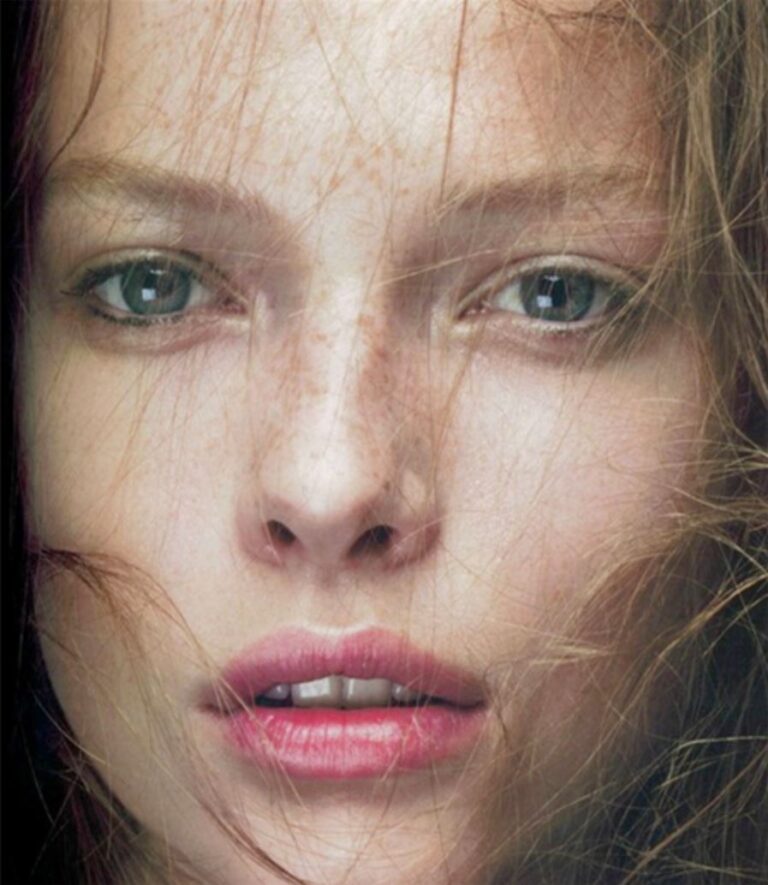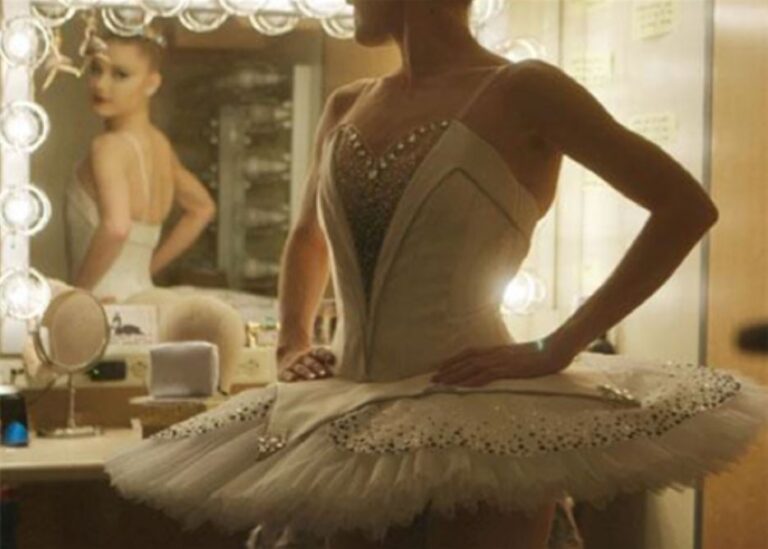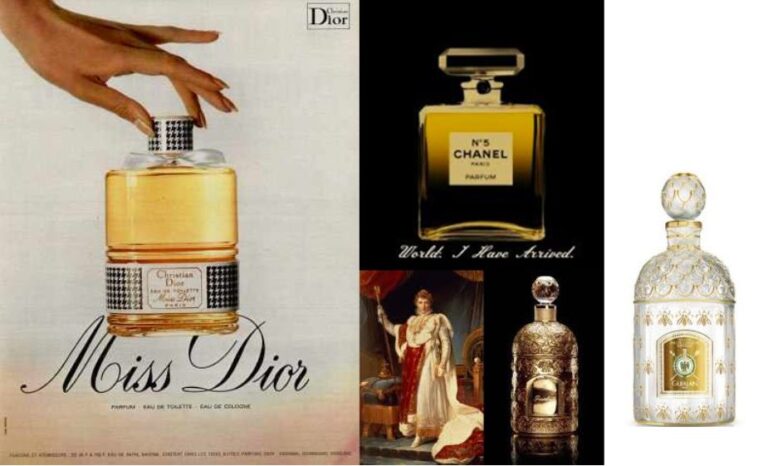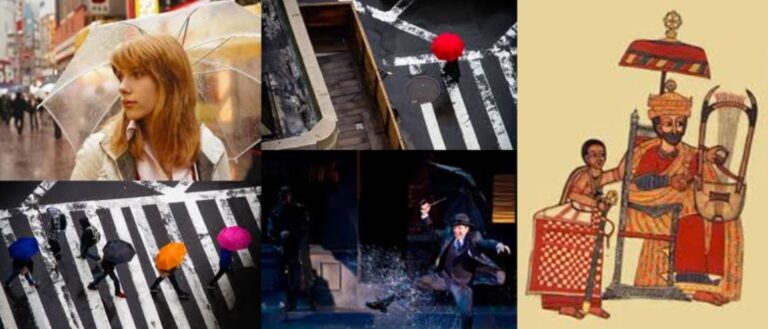By definition, the corset is a close-fitting piece of clothing that has been stiffened by various means in order to shape a woman’s torso to conform to the fashionable silhouette of the time. The term “corset” only became popular during the 19th century; before that, such a garment was usually referred to as a pair of bodies, a stiff bodice, a pair of stays or, simply, stays. The corset has been around for many centuries and is still used today. Let’s take a look at the history of corset designs and how they have evolved over time.
The corset rose to popularity in France during the sixteenth century. French royalty, specifically Queen Catherine de Medici, wife of King Henry II, popularized the rib-squeezing garment and from there it spread like the plague. This began in the 1500s, and by the 1600s corsets were commonplace in the rest of Europe. While the corset has typically been worn as an undergarment, it has occasionally been used as an outer-garment; corsets as outer-garments can be seen in the national dress of many European countries.
The most common type of corset in the 1700s was an inverted conical shape, often worn to create a contrast between a rigid quasi-cylindrical torso above the waist and heavy full skirts below. The primary purpose of 18th-century stays was to raise and shape the breasts, tighten the midriff, support the back, improve posture to help a woman stand straight, with the shoulders down and back, and only slightly narrow the waist, creating a ‘V’ shaped upper torso over which the outer garment would be worn.
In the Victorian era, where everything was a bit stiffer, bone was used to give women the perfect posture – by preventing slouching. Slid down the front of the corset, the bone, often whalebone, proved to be a bit too uncomfortable for most. By 1800, the corset had become primarily a method of supporting the breasts, as the waist was raised to just under the bust line. Corsets still slimmed the torso but this was not their primary purpose.
In the late 19th century concerns about reports of tight lacing caused a movement for rational dress. Some doctors supported the theory that corsetry was injurious to health (particularly during pregnancy) and women who did tight lacing were condemned for vanity.
But like most retro fashion, corsets have increased in popularity. In the 1990s, corsets became popular in the fetish community and are now being used by fans of “Steam Punk”, a revival of Victorian era fashion with a modern twist.
Below are the types of corsets existing between the sixteen century up until today’s current day in age.

























